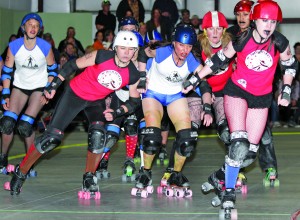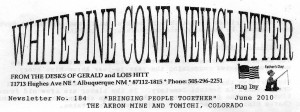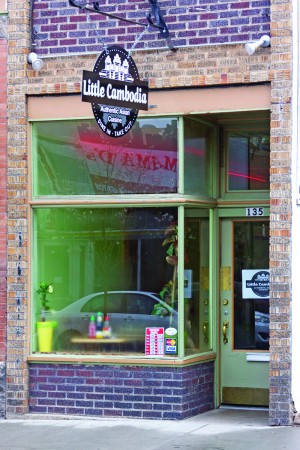By Susan Tweit
Living in the land of brain cancer is like riding a roller-coaster. One moment you’re on top of the world, and then whoosh, the track drops and you are hurtling down, down, down …
One recent week, Richard emerged from his fourth brain surgery seeming like his old self, responsive, engaged, and ready to emerge from the shadow of cancer at last.
The next morning, we met with his oncologist to review his quarterly MRI to check for new tumors. And down went the roller-coaster.
The tumor in Richard’s right brain is back, bigger than ever, and growing fast: it’s already close to his brain stem, and the channels that connect the two hemispheres.
We talked over the options – there aren’t many – and decided to apply for a clinical trial at University of California-San Francisco where researchers are developing individualized vaccines for glioblastomas like Richard’s. If he’s accepted, it’ll mean another surgery to remove the bulk of the tumor, which they’ll use to make a vaccine in hopes of stopping its rampant growth.
It took most of a week to pull together our application packet: 168 pages of his now-voluminous medical record, all carefully sorted and clipped by category: radiation reports, surgery reports, pathology reports, etc., plus two CDs containing 20 of his most recent MRI and CT scans, the application forms, and a cover letter “explaining what the patient and family hope for,” as per the instructions.
The latter seems pretty self-evident. We’d like him to survive grade IV brain cancer, something few people manage to do. As I said in the letter, “What we hope for is more time for Richard to enjoy life, what he terms, ‘walking about on the face of this earth with gratitude and celebration,’ time for him to complete more of his sculptures using native rock, steel and wood, time for us to simply enjoy each day together.”
After the packet was complete, we walked hand-in-hand to the post office to put it in Express Mail. And then we walked home, still hand-in-hand, still hopeful.
I spent the rest of the day embarking on spring cleanup in our dryland native meadow “lawn.” Unlike a conventional lawn, this restored native grassland doesn’t need (or like) being mowed.
It needs essentially no maintenance at all, in fact, except a once-a-year trim, which I do by hand, essentially acting like the pronghorn that once would have grazed our place in late winter and early spring before the town of Salida was laid out.
As I squatted and clipped and hand-thatched grass clumps, I looked for miracles, like the beautiful Mammalaria cactus salvaged from a roadside where it had been uprooted, and now blooming despite the drought, crowned with pink flowers, wide open to invite pollinators.
That golf-ball-sized cactus seems like a fitting symbol of what Richard and I hope for: More time to find the cactus flowers buried in last year’s bunchgrass clumps, the grace notes that remind us that mere survival is not enough. To really live, we must bloom – at every chance we get.
Susan J. Tweit is the author of 12 books; her WildLives CD is a finalist for the Colorado Authors League Awards. Visit her web site, susanjtweit.com or her blog, susanjtweit.typepad.com



